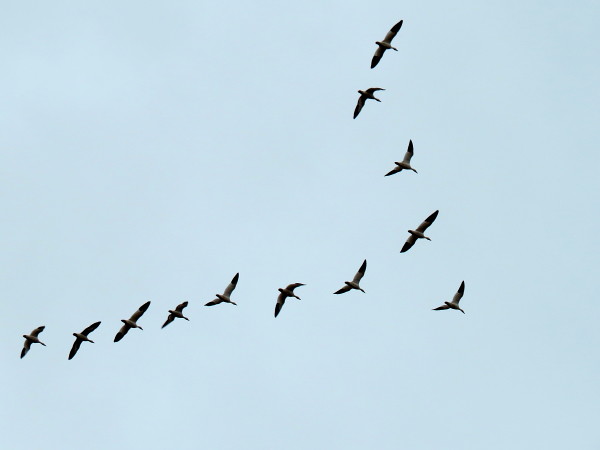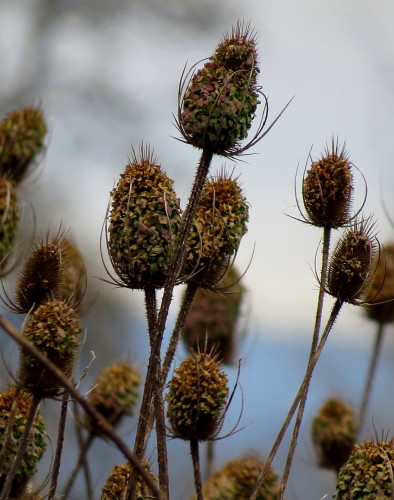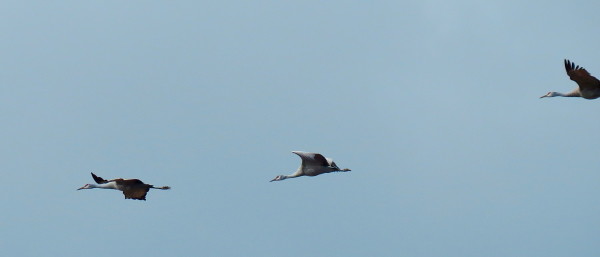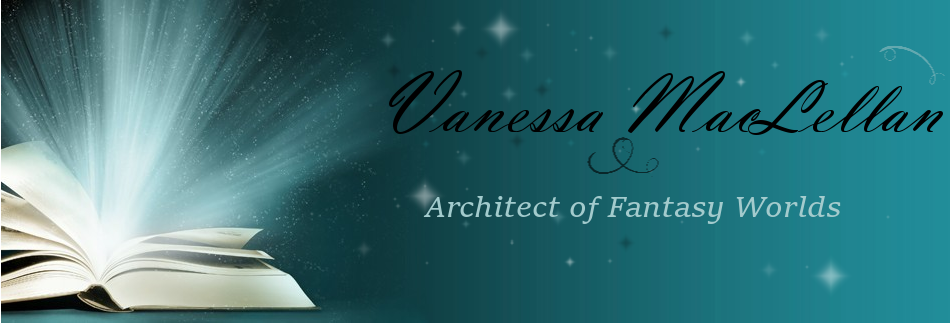Sauvie Island, just north of Portland on HWY 30, encircled by the Columbia River and the Multnomah Channel, is the largest island in the Columbia River. It used to be called Wapato Island, because, apparently wapato grew there in abundance. Now it’s covered in farms and the state-owned Sauvie Island Wildlife Refuge (12,000 acres). The farms produce some of the best strawberries ON EARTH. The refuge was intended for waterfowl hunting. Much of the refuge is planted with corn (by farmers) to enhance waterfowl. Apparently wapato isn’t helpful to hunters.
It’s a good birding spot, even if the serenity of hearing a flock of tundra swans or sandhill cranes calling overhead is blasted by repeated gunshots.

There are a few hot spots in the refuge: Oak Island, Coon Point, Reeder Road observation platform, Virginia Lake. Some are closed in the winter, but if you want to go to winter’s Magical Sparrow Land, you go to Rentenaar Road, specifically near the apple tree (where, most likely, someone recently dumped a half pound of seed.)
Here you can see juncos and sparrows and towhees Oh My!
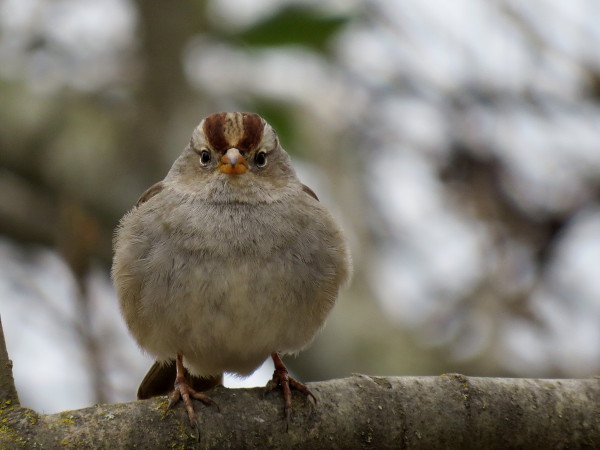
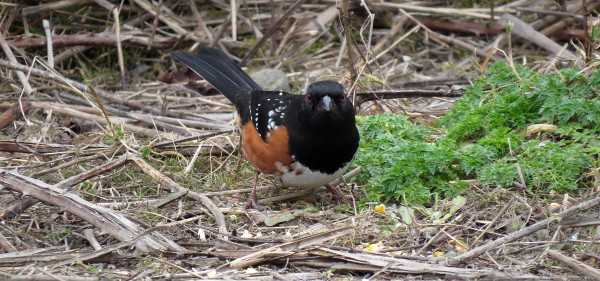

And the rarities! I have only seen the Harris’s Sparrow, but others I haven’t yet seen are the Clay-colored Sparrow and the Swamp Sparrow. I guess an American Tree Sparrow was also spotted there this year.
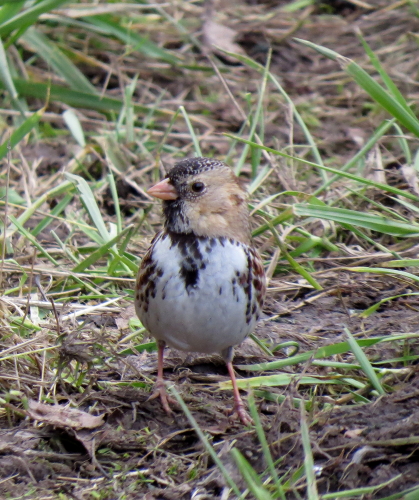
Not only sparrows, but plenty of other fantastic birds: Snow Goose, Double-crested Cormorant, Northern Harrier, Red-tailed Hawk, American Coot, Sandhill Crane, Spotted Towhee, White-crowned Sparrow, White-throated Sparrow, Lincoln’s Sparrow, Fox Sparrow, Song Sparrow, Harris’s Sparrow, Dark-eyed Junco, Red-winged Blackbird, House Finch (list from 2-2-13)
It was an important place for American Indians, and is an important place for the birds. I’m a preservationist at heart: I think by pure existence a thing has value. It doesn’t have to offer something to a human recipient. Though I appreciate being able to view these amazing birds, so close and bold, I also wish them a life free of us. They are, because they are. Not because we can eat them. Or because we can use their fathers. Or because we find them pretty. Can’t we give them that back, their own intrinsic value?
